Maradona's final hours
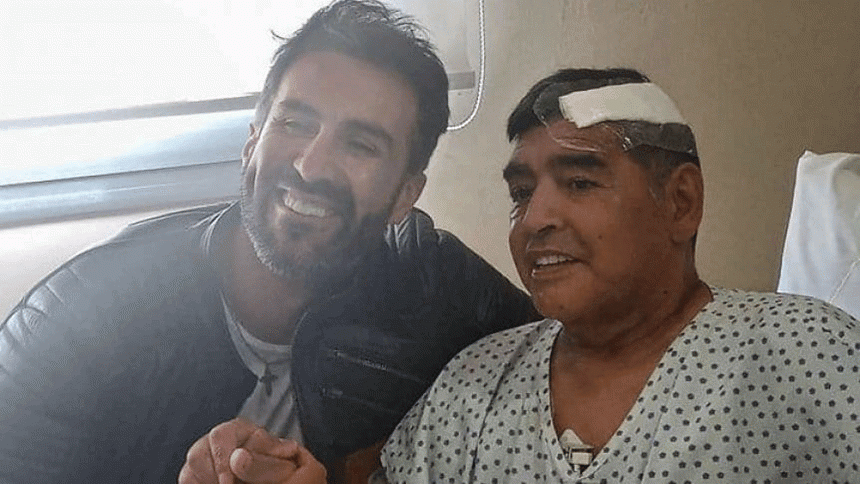
It has been three years since the death of Diego Armando Maradona. The news that was known on November 25, 2020 shocked the world and led the Argentine government to decree three days of national mourning.
The star was at his house in the private neighborhood of San Andrés, in the Tigre district, and suffered a cardiac arrest while undergoing rehabilitation after having undergone surgery a month before for a subdural hematoma.
The sad end of the footballing icon began on November 2. That day he had to be transferred to a clinic in La Plata due to a "low mood that affected his diet ," but as the hours passed it was decided that he be taken to the Olivos Clinic for an emergency operation.
This is how they detected the subdural hematoma in his head and he underwent surgery. He passed the operation successfully and his personal doctor Leopoldo Luque, who later found himself at the center of criticism for his actions, confirmed that he should remain hospitalized.
Shortly after, on November 11, Maradona was discharged and it was decided that he continue his recovery at his home in Nordelta. However, the outcome was the most feared by everyone and almost a month after his birthday, he lost his life at the age of 60.
On Tuesday, November 24, his nephew Johnny Espósito reported that he had gone to see him and that the cook Monona had left him crumb sandwiches for dinner, which were left intact in the room next to his bed. In turn, Ricardo Almirón , the night shift nurse, revealed that before being relieved he had verified that Pelusa was resting and was still alive.
Since it was the fateful Wednesday, November 25, Gisela Madrid was the nurse who took care of Diego's health in the morning and claimed to hear that he was moving around 7:30, so she made the decision to let him rest and not carry out any checks.
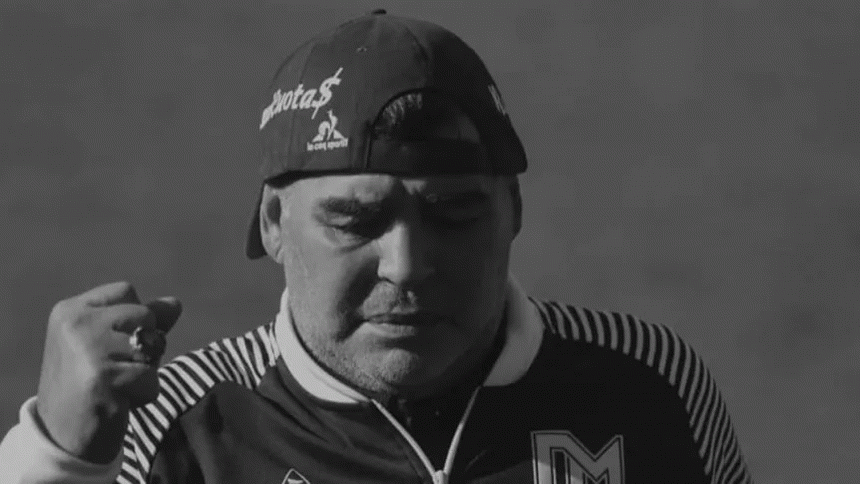
It is finally at 11:30 that the psychiatrist Agustina Cosachov and the psychologist Carlos Díaz arrive at the place to carry out the periodic visit with Maradona. To their surprise, upon entering the bedroom they realized that he was not reacting and immediately those in the house began to perform resuscitation maneuvers on him, but it was not enough. The autopsy detailed that Diego was in agony for 12 hours and if he had been treated earlier his death could have been avoided and it was confirmed that an "acute pulmonary edema secondary to exacerbated chronic heart failure" was what caused his tragic death.
The presence of multiple ambulances at the door of the home in San Andrés around noon set off alarms and generated enormous concern. Clarín was the first media to confirm Diego's death and in a matter of minutes the news that no one wanted to hear was made known around the world. The sadness and shock was total and little by little the farewell messages began to arrive on social networks paying tribute to a unique icon in the history of not only sports but also the country.
President Alberto Fernández quickly declared three days of national mourning and fans gathered in different parts of the planet to say goodbye to him. La Bombonera, the Argentinos Juniors stadium that proudly bears his name, the Obelisk, the Juan Carmelo Zerillo and the legendary corner of Segurola and Habana were some of the places of concentration on a day where the people took to the streets to say goodbye to one of theirs.
In the last hours of Wednesday, his remains were laid to rest before family and friends, first at the Tres Arroyos wake house, located at Av. San Martín 1500 in La Paternal, and during the early hours of Thursday he was transferred to a massive wake at the Casa Rosada, where more than a million people were present. The coffin in which Diego's remains rest was wrapped in an Argentine shirt with the legendary number 10 that he wore when he played.
Once finished after a chaotic day, a massive caravan accompanied the hearse that took Maradona's body to the Jardín Bella Vista Cemetery, in San Miguel, where he rests with his parents Doña Tota and Don Diego (who died in 2011 and 2015, respectively) with an inscription on his grave that he himself wished when talking about his death in his self-interview for "La Noche del 10" fifteen years ago: "Thanks to the ball".

 For all latest news, follow The Daily Star's Google News channel.
For all latest news, follow The Daily Star's Google News channel. 

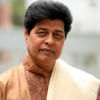


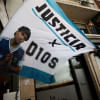
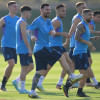

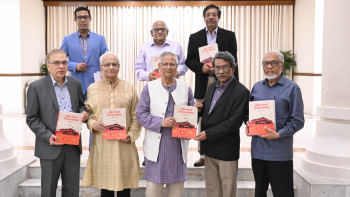
Comments